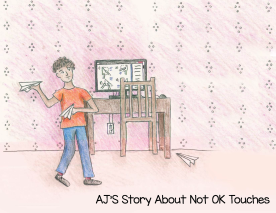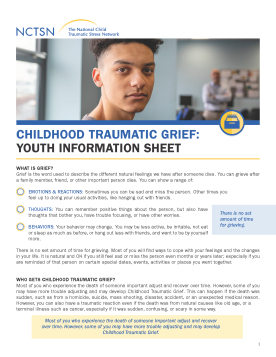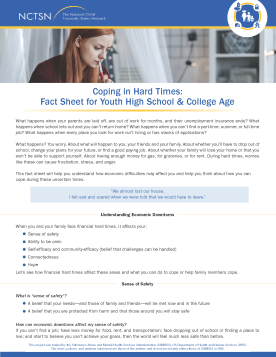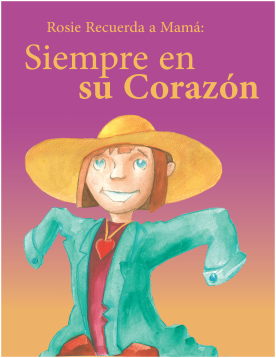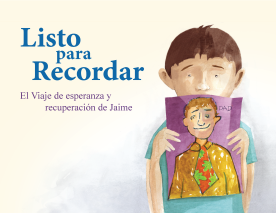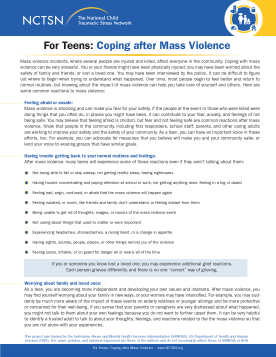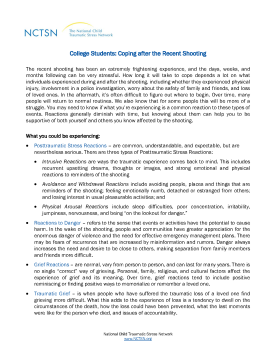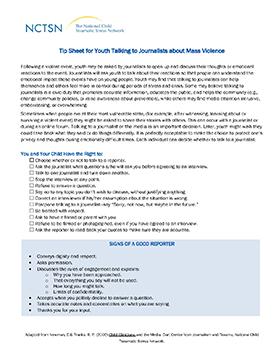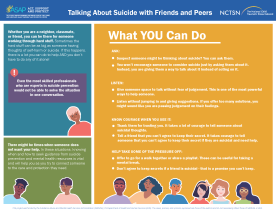
Talking About Suicide with Friends and Peers
Provides information to support youth talking about suicide with friends and peers. This fact sheet includes what you can do, action words, skills for getting help, as well as myths and facts about how to help as a peer. This resource is most helpful for youth ages 12 and older.

